Fix Clutch Issues – What Every Driver Should Know
If your car hesitates when you press the pedal, you’re probably looking at a clutch problem. A slipping clutch, a grinding noise, or a burnt smell are clear warnings. Ignoring these signs can turn a simple fix into a expensive repair. Below we break down the most common symptoms, when it’s safe to keep driving, and what you’ll pay to get it sorted.
Common Signs Your Clutch Needs Attention
First up, watch for a high‑pitched squeal as you release the clutch. That usually means the release bearing is wearing out. If the engine revs but the car doesn’t move, the clutch plates are likely worn or glazed. You may also feel a shudder when you try to start from a stop – that’s a clue the friction material is failing.
A burnt smell is another red flag. It tells you the clutch is overheating, often from riding the pedal too much. When the smell appears, you’ve probably got a few hundred miles left before complete failure. Lastly, a soft or spongy pedal feel can point to a hydraulic leak or air in the system.
How Much Does a Clutch Repair Cost?
Prices vary by model, but here’s a realistic range. A basic clutch kit replacement at a local garage typically runs between £300 and £600, including labor. If you need a performance Stage 2 kit, expect £500‑£900 because the parts are pricier and the job takes longer. Some shops offer a discounted price if you’re also getting a flywheel or pressure plate replaced at the same time.
Labour is the biggest part of the bill – a clutch job can take 3‑5 hours. To keep costs down, ask the shop to give a detailed quote before they start. They should list parts, labor hours, and any extra fees for disposal or test drives.
Can you drive with a bad clutch? Short answer: only for a few miles and at low speeds. If the clutch slips badly, you risk losing acceleration completely, which is dangerous on busy roads. A burnt clutch can also damage the flywheel, making repair even pricier. When you notice any of the symptoms above, plan a repair ASAP.
If you’re handy, you can replace the clutch yourself on many manual cars. The job requires a few tools – a transmission jack, a set of sockets, and a clutch alignment tool. You’ll also need a clean workspace and a helper to support the engine. Most DIY guides recommend draining the transmission fluid first, removing the transmission, then swapping out the clutch disc, pressure plate, and release bearing.
Before you start, double‑check the torque specs for your car. Over‑tightening the bolts can warp the flywheel, leading to vibration. After the fit, refill the fluid, bleed the hydraulic system, and test the pedal feel. If the pedal feels too high or low, adjust the clutch cable or check for air in the lines.
Regular maintenance can extend clutch life. Avoid riding the clutch in stop‑and‑go traffic – keep the pedal fully up when you’re not shifting. Also, shift smoothly and let the engine rev match the gear speed. A little driving discipline saves you from a costly repair down the road.
Still not sure whether your clutch needs a fix? Most garages will perform a quick diagnostic for free or a small fee. They’ll listen for noises, check pedal travel, and test the clutch engagement point. Use that info to decide if you’re looking at a minor adjustment or a full replacement.
Bottom line: a clutch problem shows up early, can be fixed relatively cheap if you act fast, and gets expensive fast if ignored. Keep an eye on noises, smells, and pedal feel, and you’ll know when to book that repair.
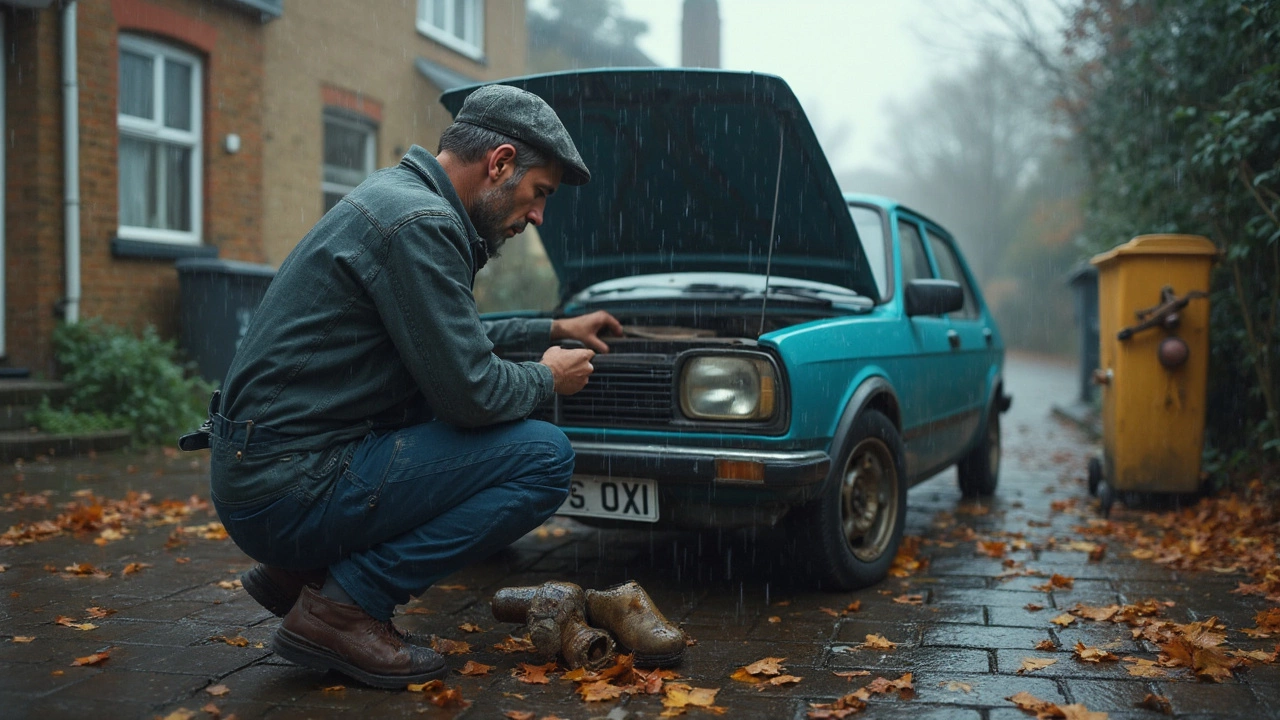 26 June 2025
26 June 2025
How to Fix a Slipping Clutch Without Replacement: Proven Tips and DIY Solutions
Learn proven techniques to fix a slipping clutch without replacing it. Get DIY tips, real solutions, and interesting facts to save money and drive smoothly.

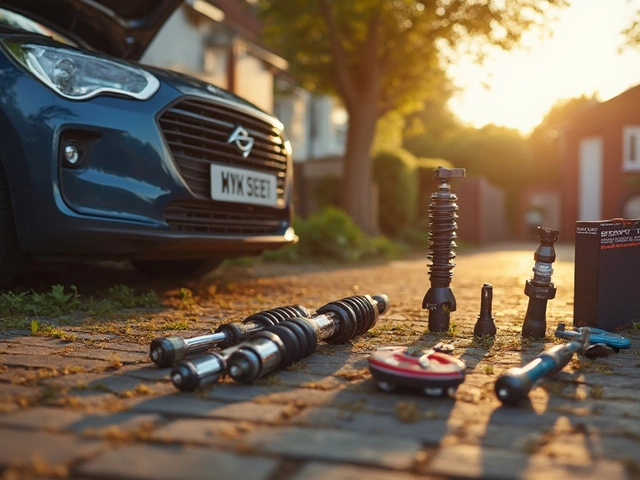

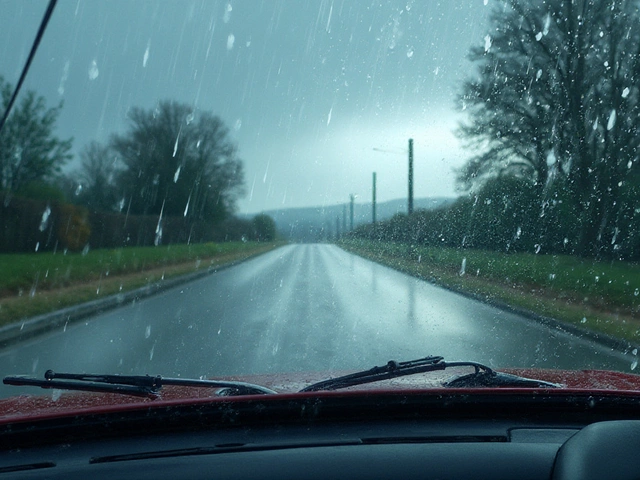
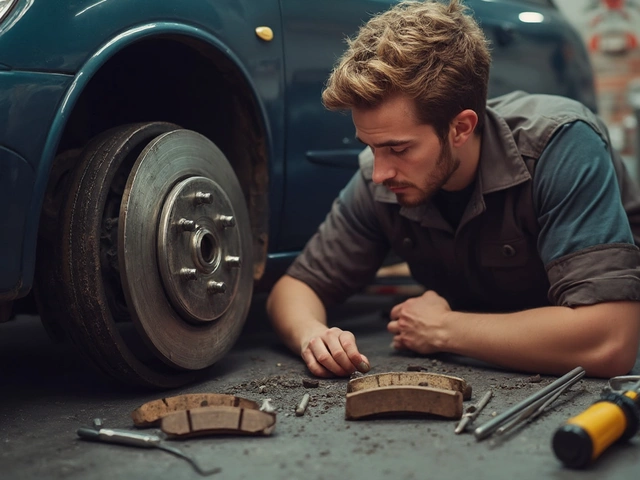
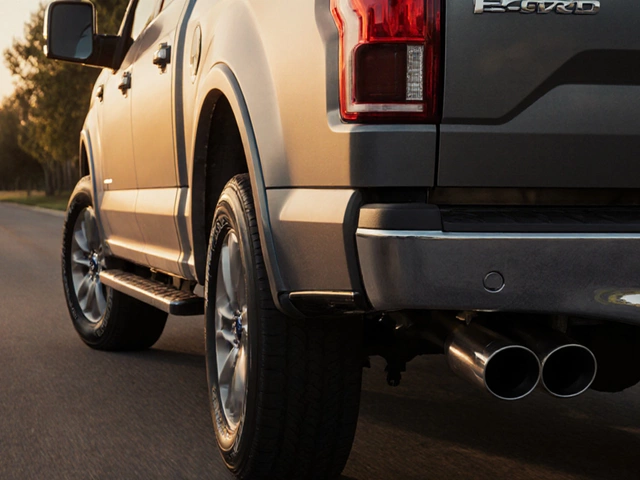
0